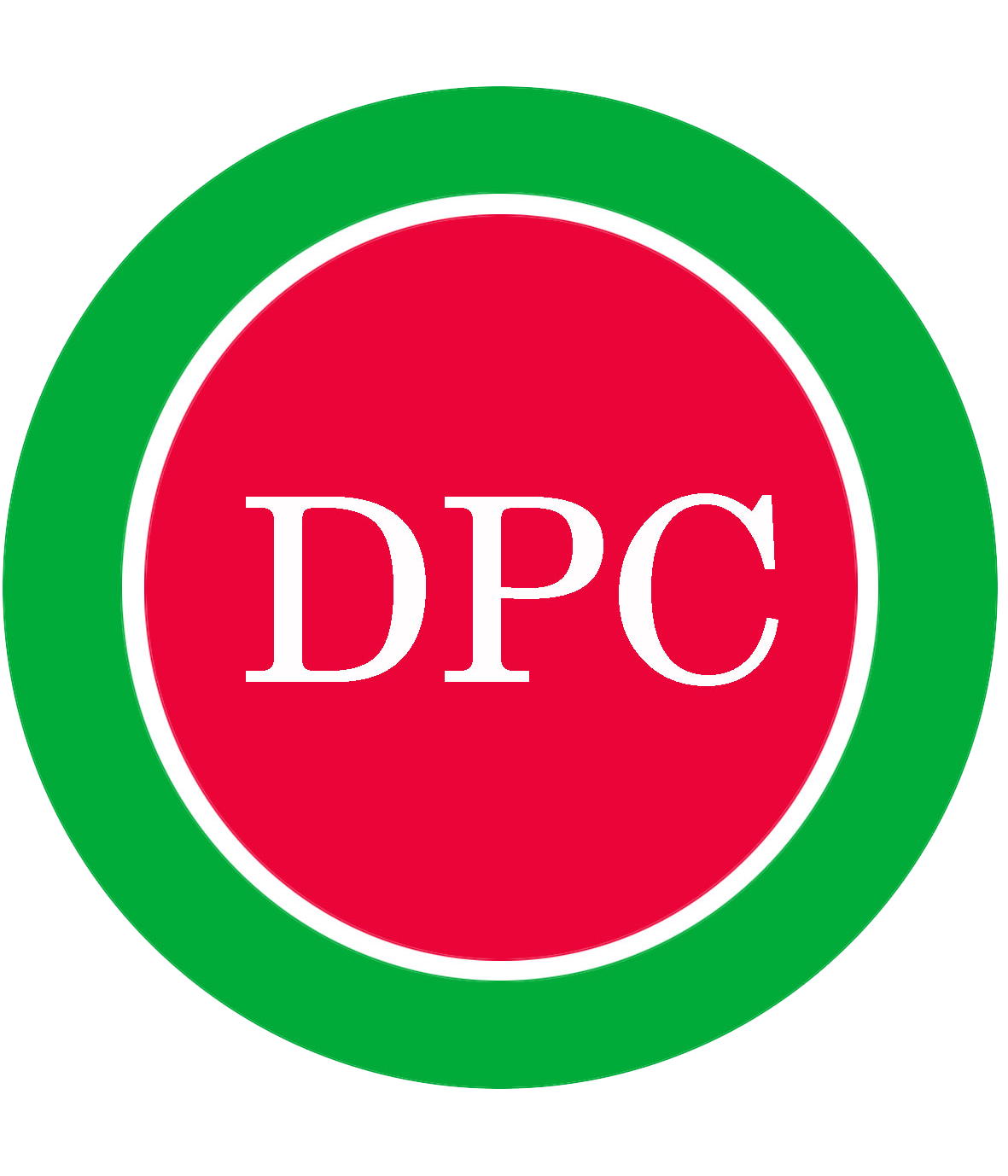Tesla’s New Lithium-Ion Patent Brings Company Closer to Promised 1 Million-Mile Battery

In an important New Year development, Tesla Motors, in partnership with physicists from Canada’s Dalhousie University, filed a patent on December 26 for a new Lithium Ion (Li-Ion) battery technology. The patented design claims to significantly outperform the existing Li-Ion batteries widely used in electric vehicles and other energy storage applications today. The new and improved tech is likely connected to an April 2019 announcement by Tesla CEO Elon Musk, who promised a “1 million-mile battery pack” for Tesla’s vehicles in 2020 and beyond.
The 1 million-mile battery is integral to Musk’s plans for fleets of ‘robotaxis’ and long-haul trucks, both of which would strain the ranges and lifetimes of the current Li-Ion batteries found in Tesla’s passenger vehicles.
Tesla’s best performing models have a maximum single-charge battery range of 370 miles – just short of the distance between Baltimore, MD and Boston, MA. – and a lifespan of 300,000 – 500,000 miles. This is impressive, given that the average lifespan of a car in the US is 150,000 miles, or roughly 11 years using the AAA annual average of 13,500 miles per year
But while current Li-Ion battery packs may be more than enough for the typical electric vehicle owner (who on average use less than an estimated ¼ of their battery charge per day), their lifespans are inadequate for long-distance freight shipping or continuous taxi services. The average trucker, for instance, drives 2,000 – 3,000 miles per week, totaling 100,000 – 150,000 miles per year.
The lifetime of a battery is measured in discharge cycles (using 100% of a battery’s charge amounts to one full cycle). With a typical 100 kWh lithium-ion battery found in a Tesla Model S providing only 1,000 to 2,000 discharge cycles, current battery tech remains impractical and uneconomical for commercial long-distance drivers.
That is where Tesla’s new patent for “Dioxazolones And Nitrile Sulfites As Electrolyte Additives For Lithium-Ion Batteries” comes in. The new battery chemistry, which seems to build off of a September battery patent, claims to boost efficiency, energy density, and longevity at reduced costs relative to current Li-Ion batteries. It’s an upgrade of existing NMC (lithium nickel manganese cobalt oxide) battery chemistry which Tesla utilizes in its stationary energy storage systems, but not in its vehicle fleet (that would be lithium nickel cobalt aluminum oxide, or NCA-type batteries).
The cathode crystal structure and chemical makeup of the new battery means it is far more resistant to the inevitable damage that comes with cycling.
If this patent is revealed to be for the promised “million-mile” battery, we could expect it to hold 95% of its life after 1,000 discharge cycles, where typical Li-Ion’s are in the last quarter of their life. The new battery would hold an impressive 90% after 4,000 cycles (see chart).
While we cannot yet confirm whether the patented technology is the very same ‘million-mile’ battery promised to hit production lines next year, one thing is clear: Tesla’s super battery is on the way, and it will have major implications for electric vehicles and beyond when it arrives. Energy storage systems – not just electric cars – are going to benefit from quadrupling of the cycling power. This will make storage cheaper and more efficient, further speeding up transition to electric power and renewables.
Source:Tesla’s New Lithium-Ion Patent Brings Company Closer to Promised 1 Million-Mile Battery

